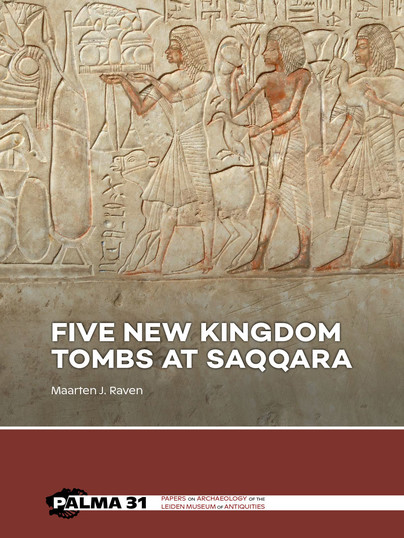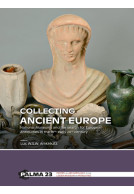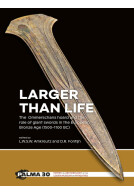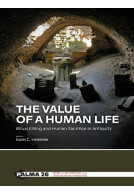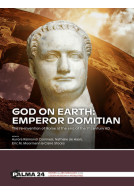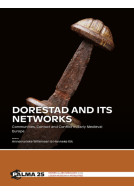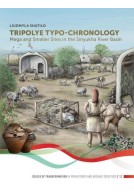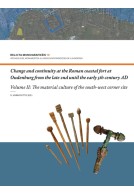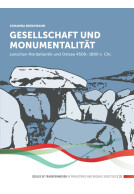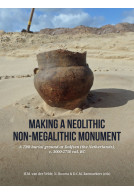Google Books previews are unavailable because you have chosen to turn off third party cookies for enhanced content. Visit our cookies page to review your cookie settings.
Five New Kingdom Tombs at Saqqara (Paperback)
Imprint: Sidestone Press
Series: PALMA
Pages: 442
Illustrations: 400fc/250bw
ISBN: 9789464262711
Published: 23rd May 2024
Script Academic & Professional
Series: PALMA
Pages: 442
Illustrations: 400fc/250bw
ISBN: 9789464262711
Published: 23rd May 2024
Script Academic & Professional
You'll be £75.00 closer to your next £10.00 credit when you purchase Five New Kingdom Tombs at Saqqara. What's this?
+£4.99 UK Delivery or free UK delivery if order is over £40
(click here for international delivery rates)
Need a currency converter? Check XE.com for live rates
(click here for international delivery rates)
Need a currency converter? Check XE.com for live rates
The five tombs dealt with in this book were explored between 2009 and 2017 by the Leiden-Turin Expedition in the New Kingdom necropolis of Saqqara. All of them can be described as minor tombs, constructed wherever some space was still available in the cemetery between the major monuments of 18th Dynasty date. Some of them were clearly built against the exterior walls of these previous monuments, whereas their unusual plans show how the builders had to adapt to the cramped conditions in the cemetery.
The five tombs vary in date from the very end of the 18th Dynasty to well into the Ramesside period. The most important one was built for Ry, an army officer who must have served under general (later Pharaoh) Horemheb. The rediscovery of his tomb finally enables us to understand the provenance of a whole series of reliefs now in the Berlin Museum and elsewhere.
The set of five also comprises two tombs of priests in the temple of Ptah, the Memphite town god. Both Khay and Tatia served in the sanctuary as carrier of the divine barque during processions, combining this office with other jobs: chief royal gardener in the case of Khay, and chief of goldsmiths for Tatia. The latter was a contemporary of Pharaoh Ramesses II, whereas Khay seems to have lived slightly earlier.
The tomb of Samut is a very humble affair consisting of a rare four-sided stela standing next to a simple burial shaft. The owner was a simple stone-mason or necropolis workman, and the presence of his funerary monument in what used to be an elite cemetery comes as a surprise. Less informative is the fifth tomb of this series, which is no more than an unfinished and anepigraphic limestone chapel with a now inaccessible shaft in front.
Other titles in the series...
Other titles in Sidestone Press...







